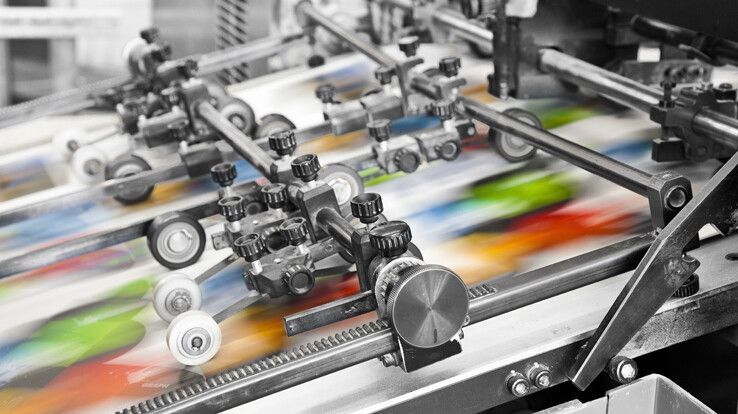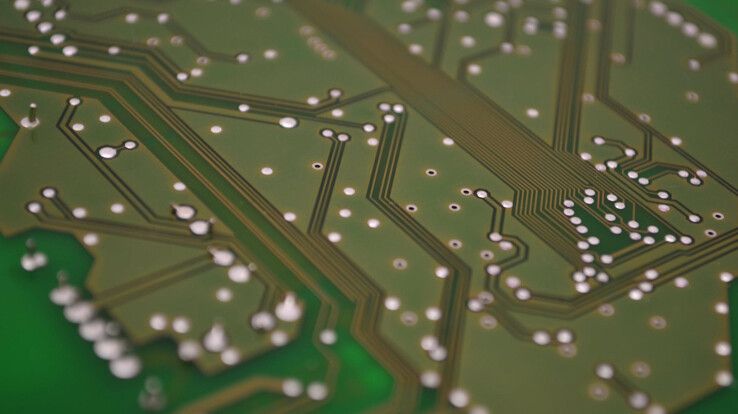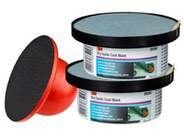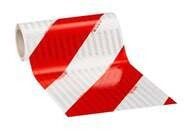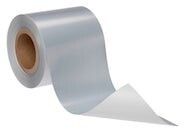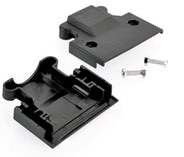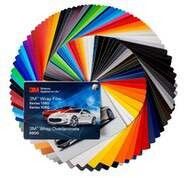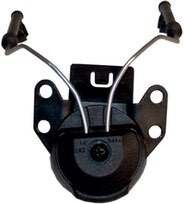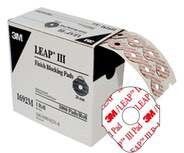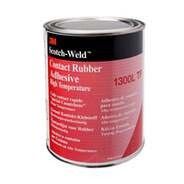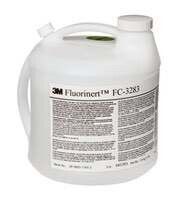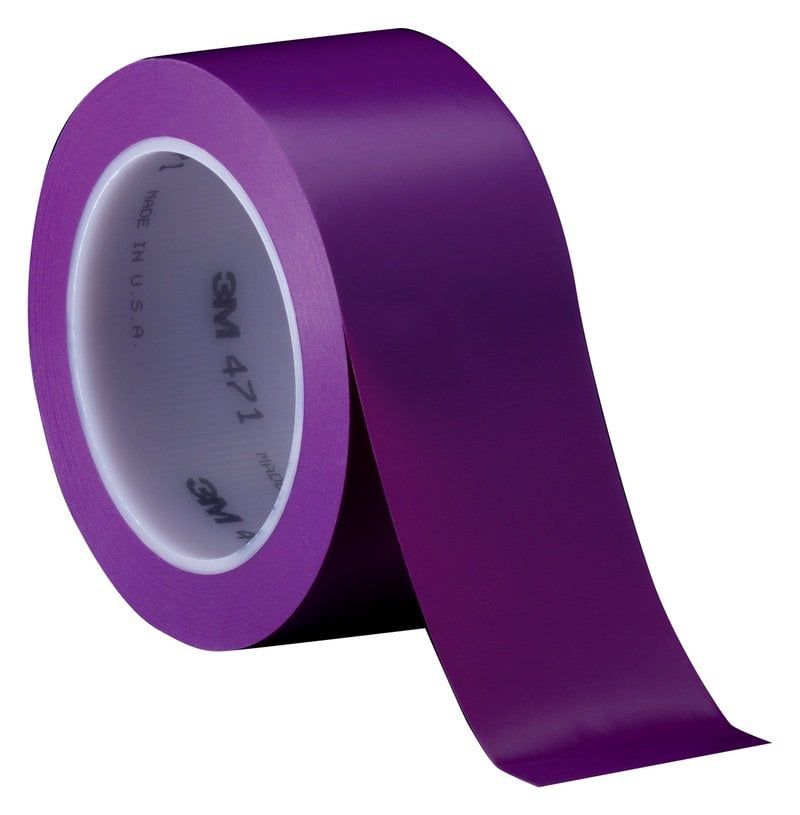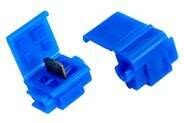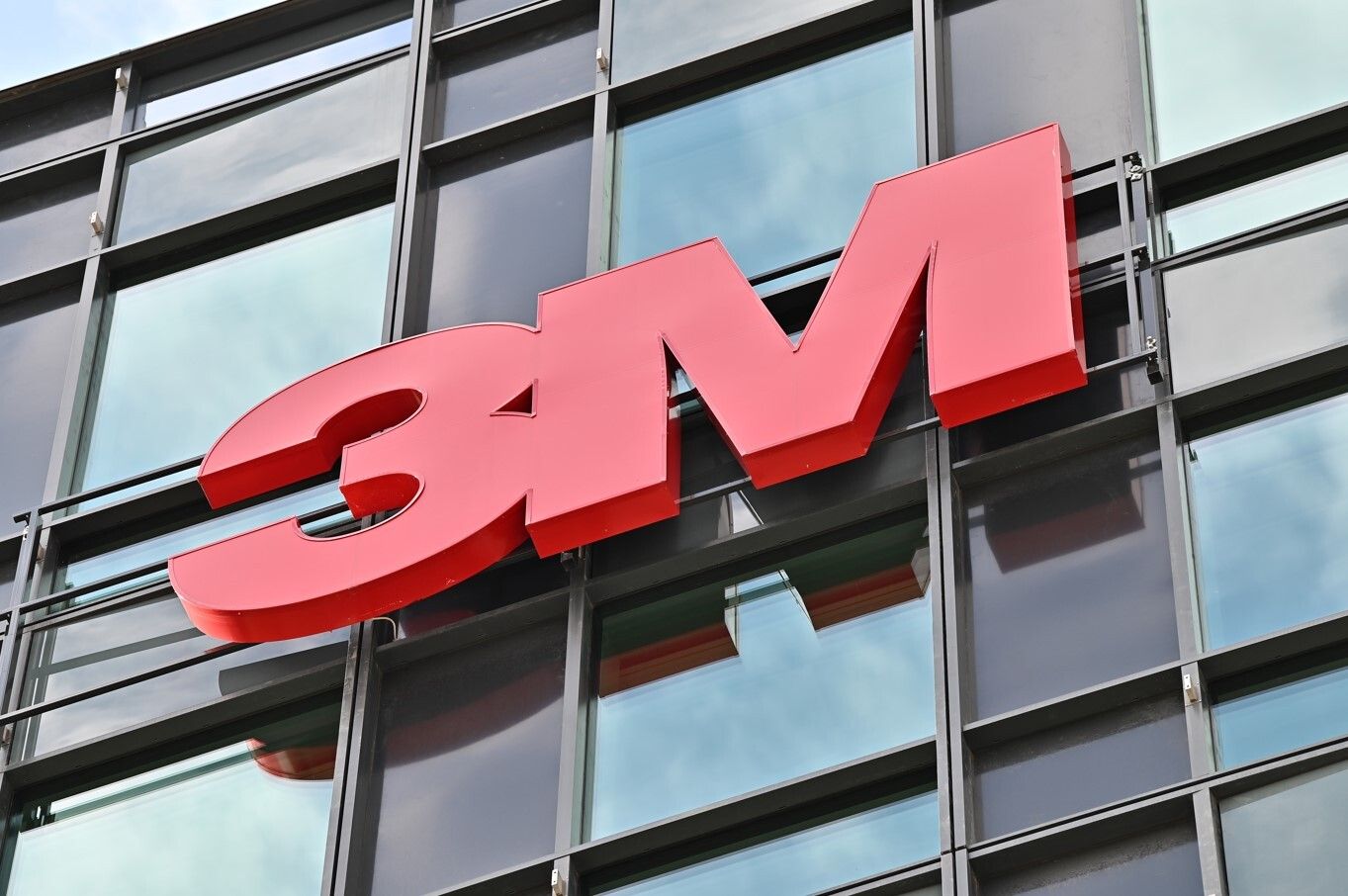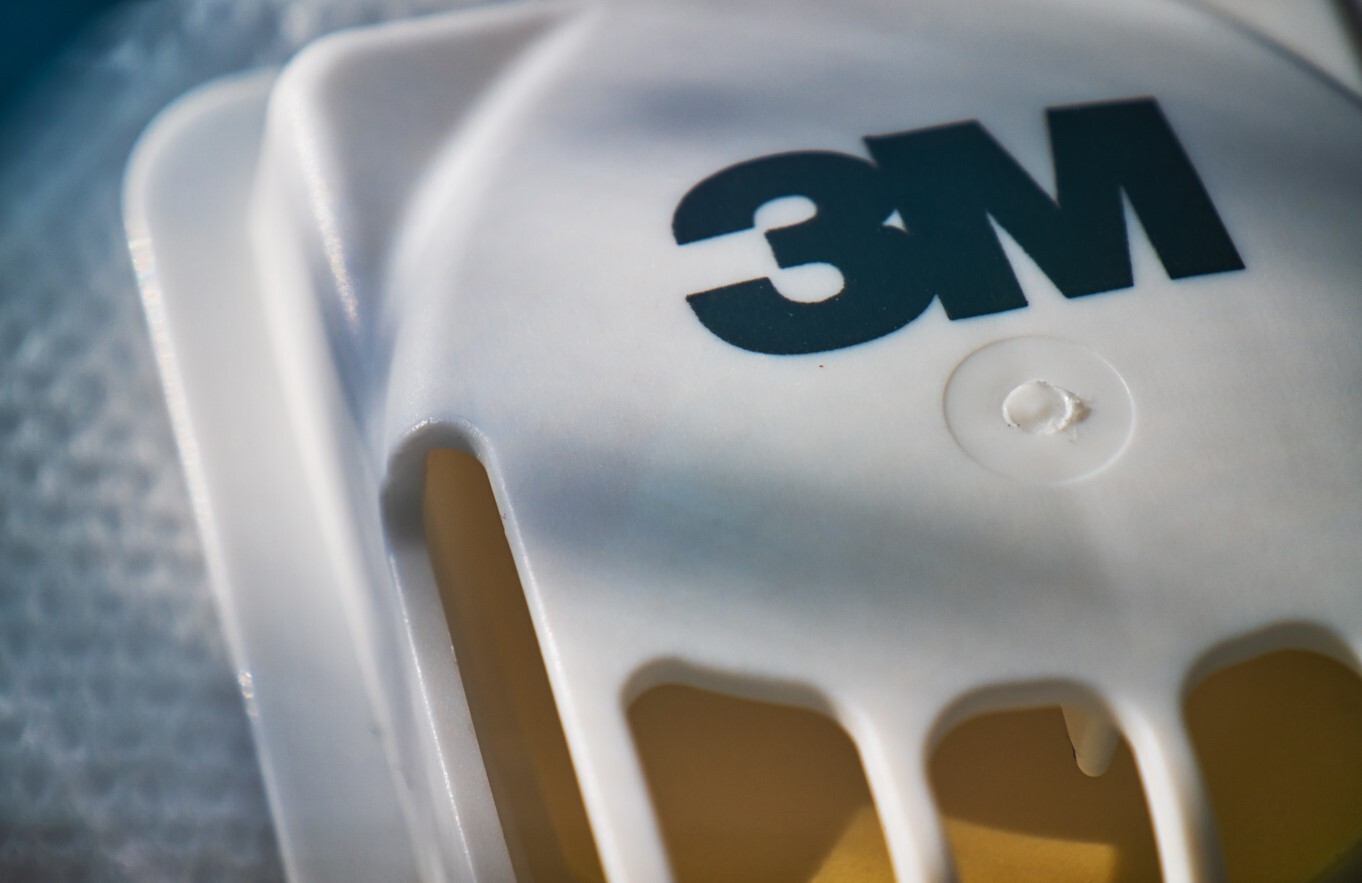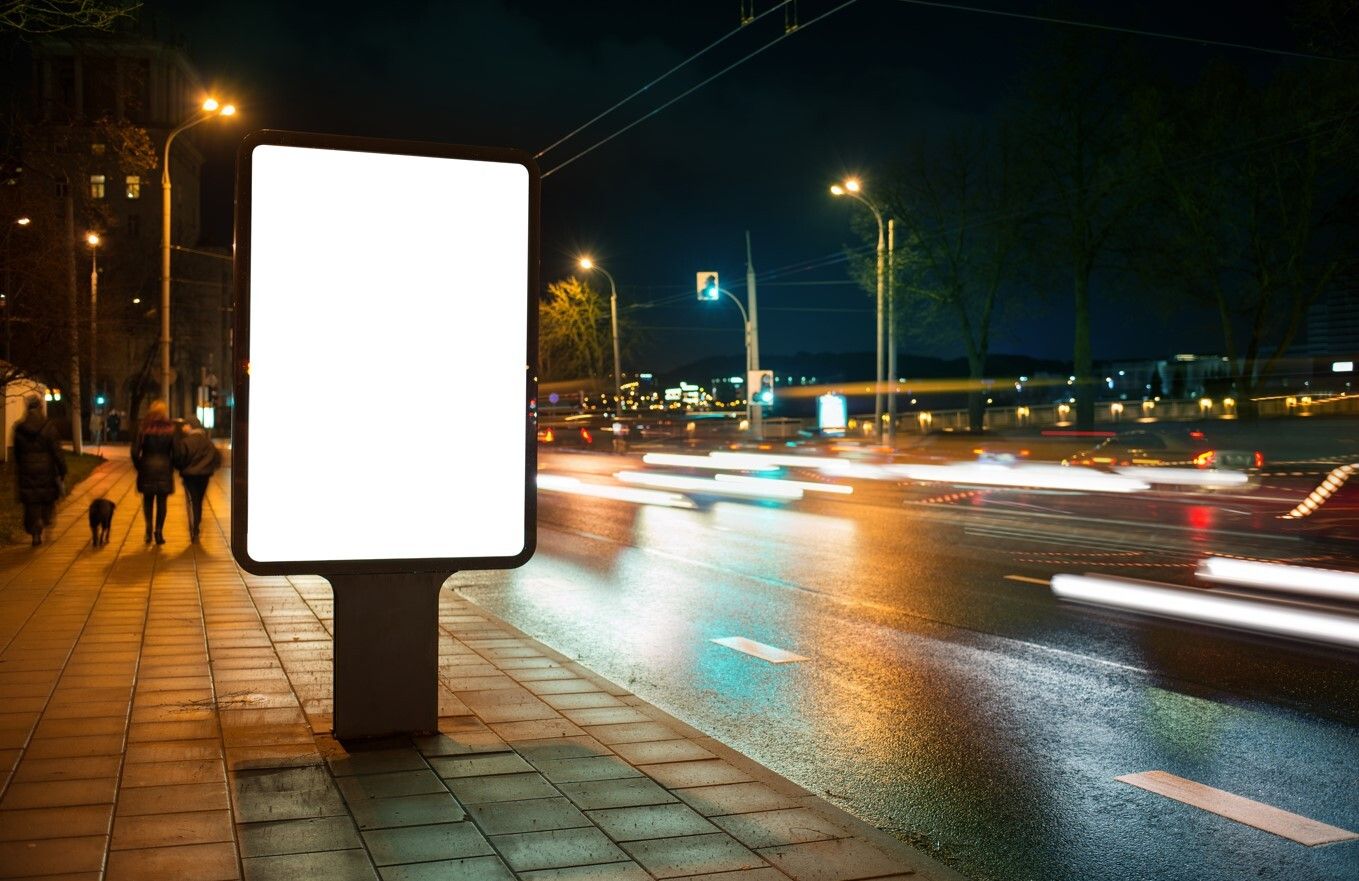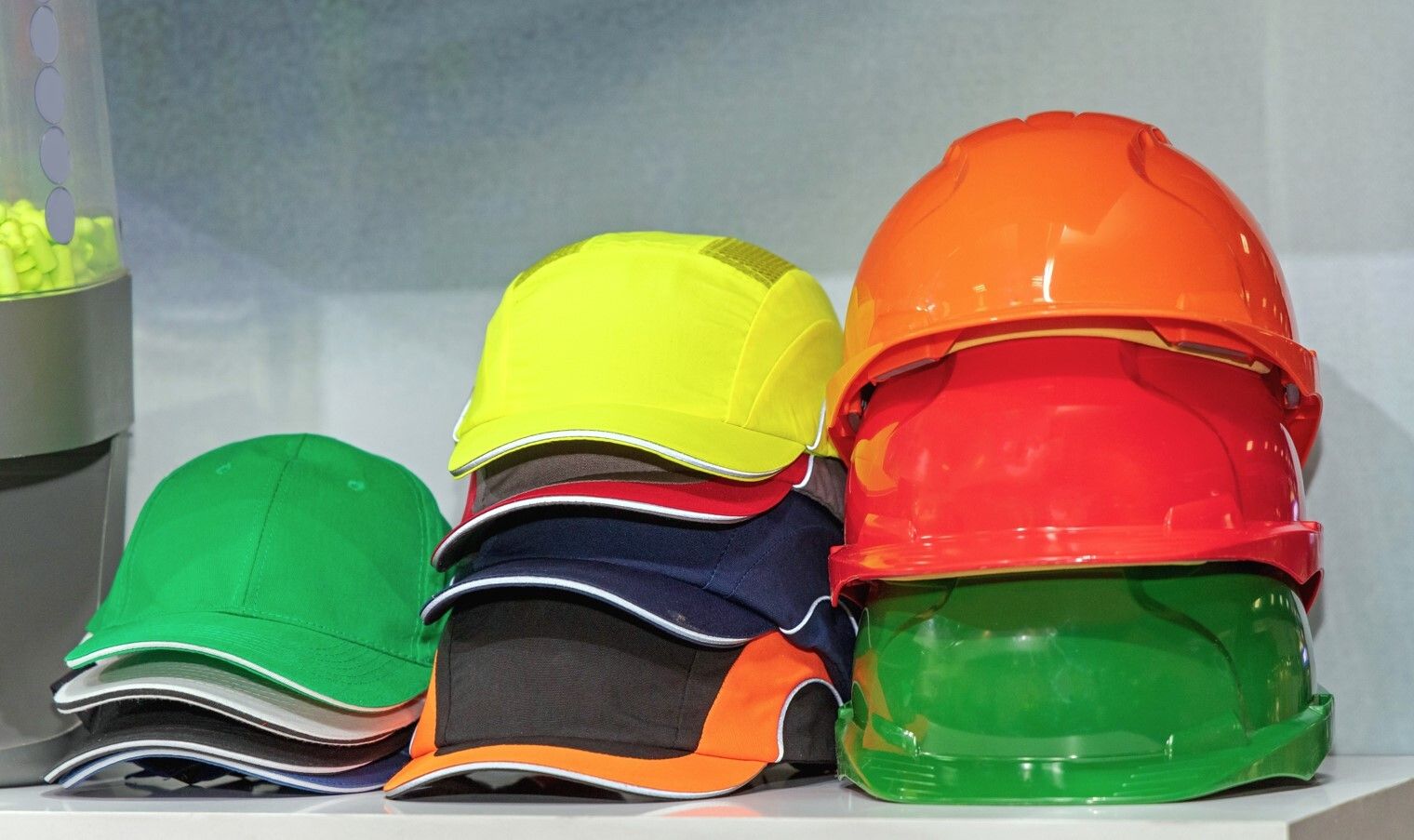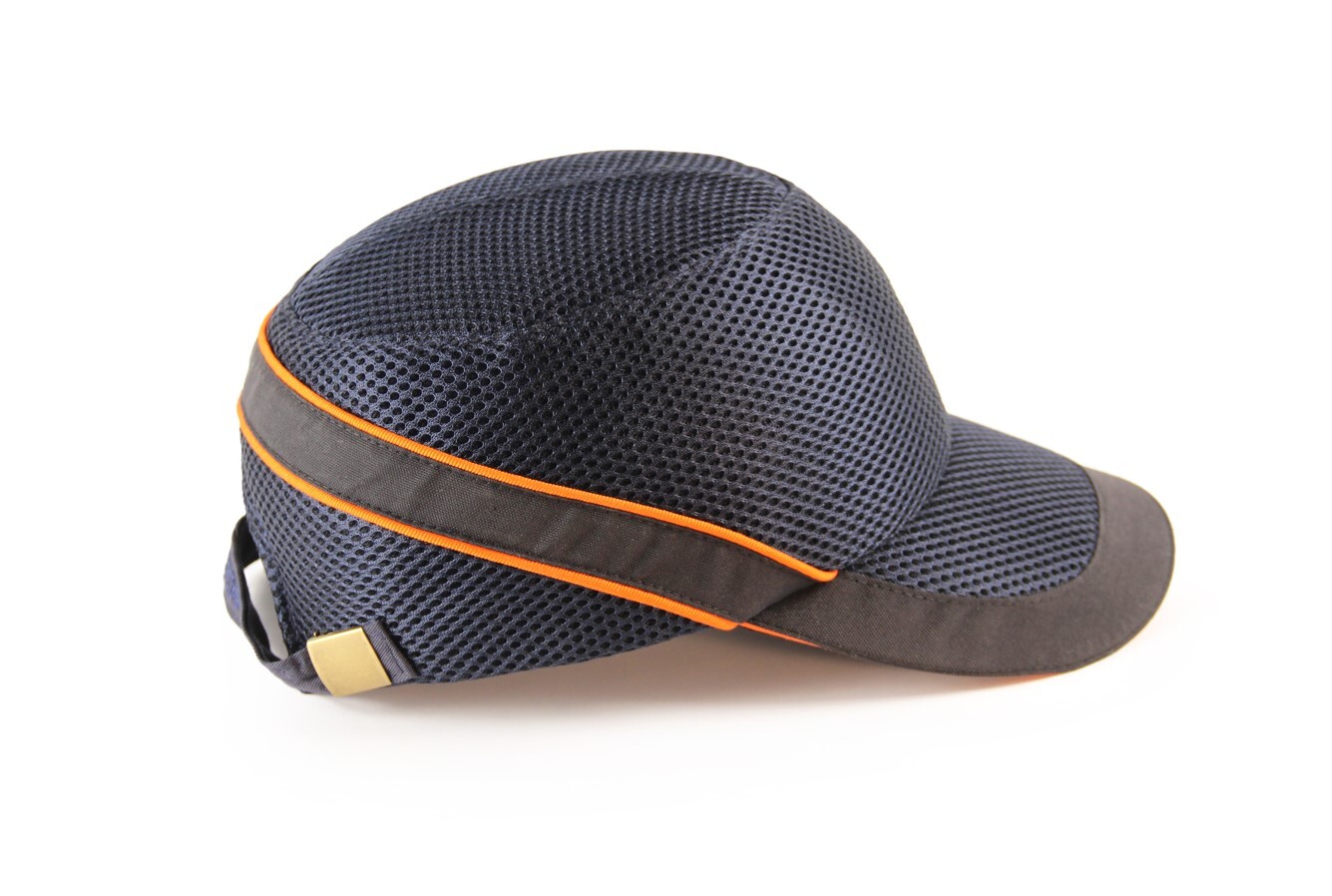3M: the expert in industrial products
3M is a US-based multinational conglomerate that has been at the forefront of progress, innovation, and quality for more than a century, delivering products that have revolutionised the way we work across many industries and made our lives easier around the world. But what makes this brand so special? How has a small American company grown to become a dominant player in the global market, and in which industries in particular? We find out!
The 3M story is full of twists, turns, developments, and, of course, success. The brand's activities cover almost innumerable fields, from healthcare to electronics, office supplies, and many others we can imagine.
With factories in more than 29 countries, it offers more than 55,000 products, all of them with innovative solutions or technologies. But 3M is not only known for its wide range of products. The way they combine business with people-focused is a unique phenomenon in the industry.
The 3M story
3M, formally known as Minnesota Mining and Manufacturing Company, has not only pioneered the world of materials and products but has also shaped the development of countless industries, whether it's healthcare, energy, or electronics.
Founded in 1902, 3M started as a small-town company that embodied the American dream. The founding professionals had a bold idea: to conquer the market by producing quality abrasives. But from the very first steps, they realized that their ambitious plan would not be a smooth one.
Despite the initial challenges, the founders - Henry S. Bryan, Herman W. Cable, John Dwan, William A. McGonagle, and Dr. J. Danley Budd - did not give up. Although the first products failed to meet market expectations, the team did not let setbacks dampen their enthusiasm. They firmly believed that the key to successful manufacturing was innovation and development, which could open new opportunities not only for the company but for the industry.
Perseverance and continuous research and development have resulted in revolutionary products that have set 3M on the path to becoming a globally recognised corporate giant. The first breakthrough came with waterproof sandpaper, which revolutionised surface treatment technologies in both the automotive and furniture industries. This was followed by self-adhesive paper tape, now known worldwide as cellux (Scotch tape). These products have not only demonstrated their capacity to innovate but have also shown 3M's ability to adapt to market needs and offer new solutions.
Outgrowing the initial challenges, 3M has grown into a company that provides innovative solutions in a wide range of fields, from healthcare to security, from electronics to automotive. The founders' original vision of creating real value through continuous improvement has become the company's guiding principle.
What sectors does 3M provide solutions for?
3M is at home in a wide range of sectors, as technology and needs change, they develop and shape their products to ensure that they always deliver real value to as many people as possible. What solutions do they offer?
Industrial solutions for everyday life
3M offers a wide range of industrial solutions, from abrasives to electronics. Here too, 3M is committed to safety and energy efficiency, ensuring that its products contribute to efficient working.
Homes, offices - 3M is everywhere
In consumer products, 3M's diversity is truly tangible. From post-it note pads for homes and offices to healthcare products, the company's products are an indispensable part of our everyday lives.
Flanker is an official distributor of the 3M brand
When it comes to the huge range of 3M products, one name always comes to the fore: Flanker, an official distributor of the brand. But what makes Flanker so special and what types of products can be found in the webshop's range?
The Flanker web catalogue is a treasure trove for those looking for the best. Here, everyone can find the perfect product for their needs, be it industrial solutions, office equipment, or even products for home use. But what exactly is part of the range?
First, there are industrial solutions such as abrasives and tapes, which are the preferred tools of professional users. Secondly, we should not forget healthcare products. Flanker offers revolutionary products such as medical devices and protective equipment that help protect our health and keep us safe in our daily lives. And thirdly, the office and home are not left unsupplied. The office supplies category is a repository of practical and creative solutions.
In Flanker's range, you can find the right solution for every specific need and requirement, as the collaboration between 3M and Flanker creates a palette that is ahead of everything in the market for quality and innovative products. If you are looking for products that will truly make everyday life easier and more qualitative, then Flanker's online webcatalogue is the place to browse.
- Hits: 853


